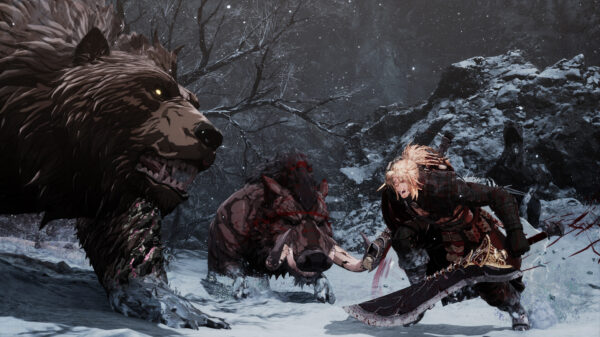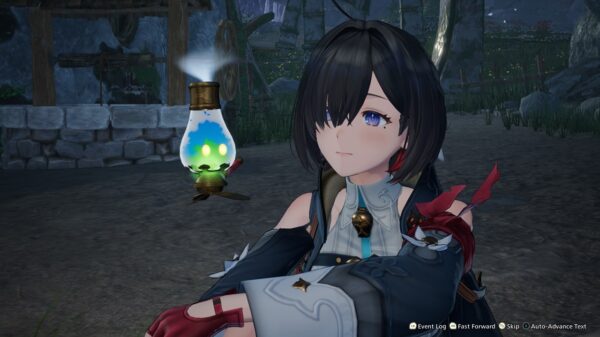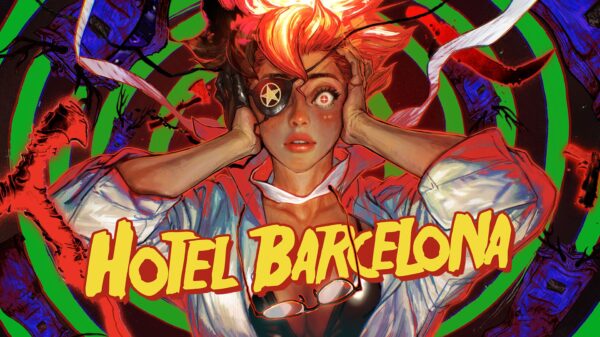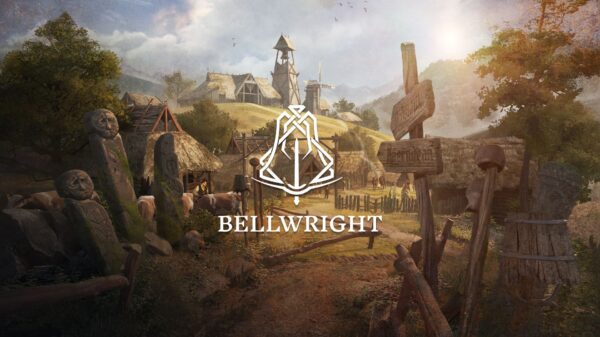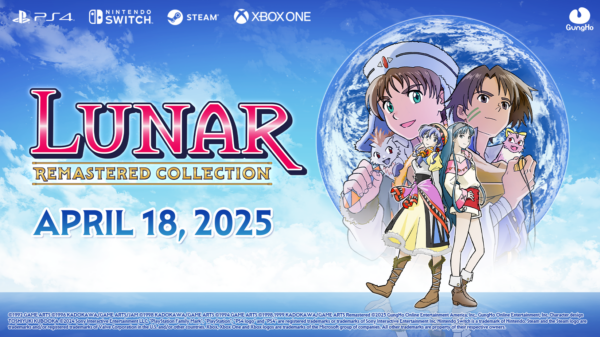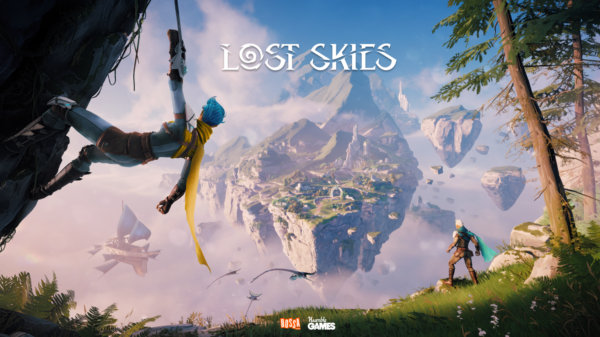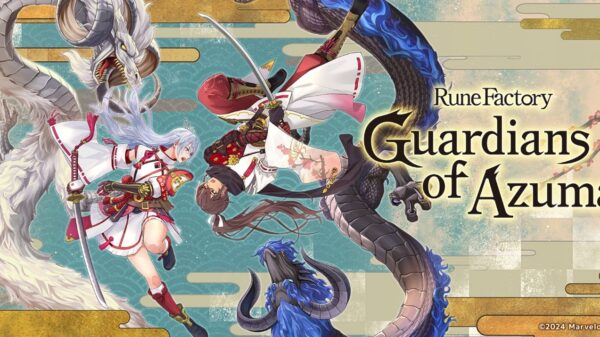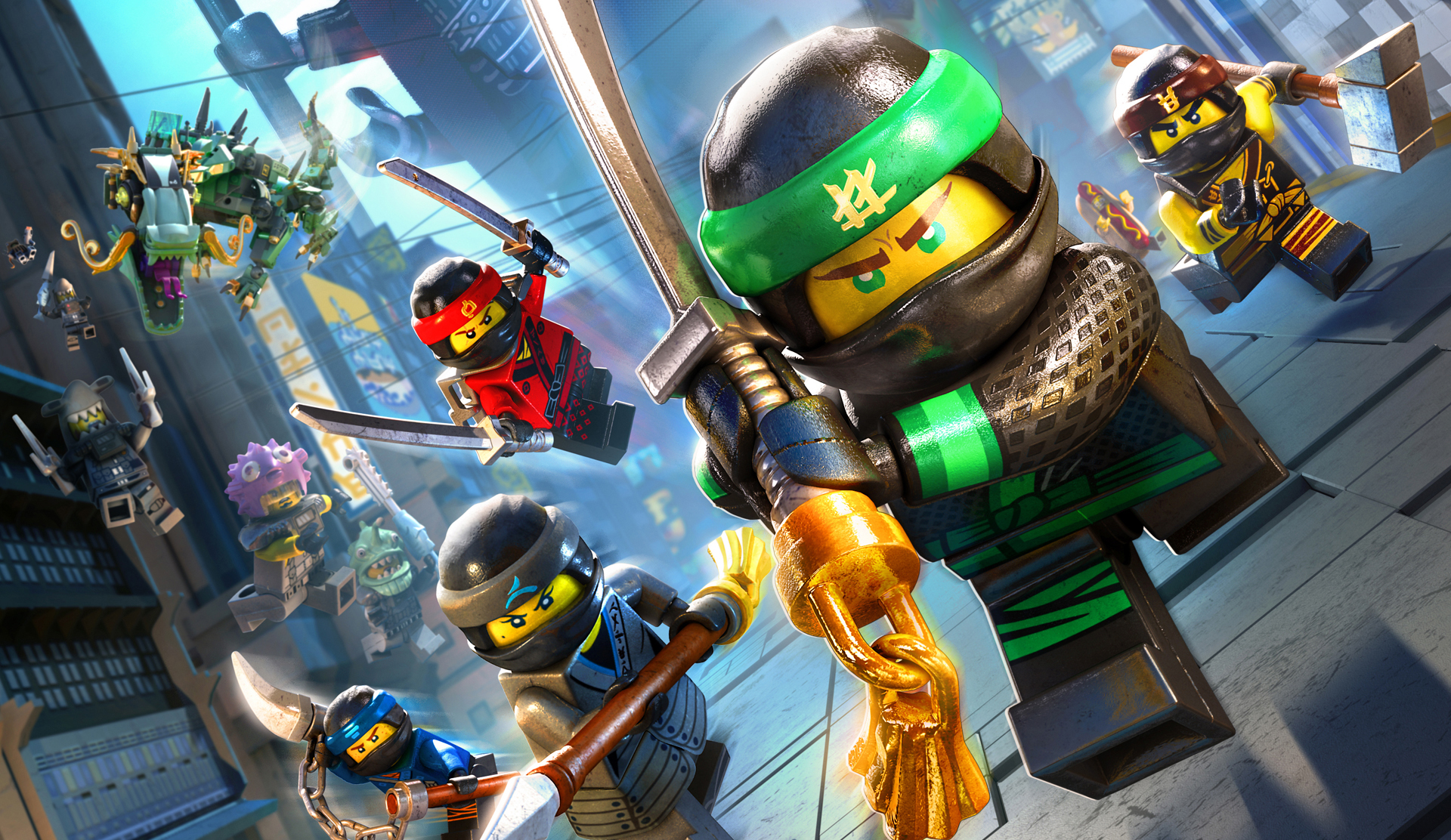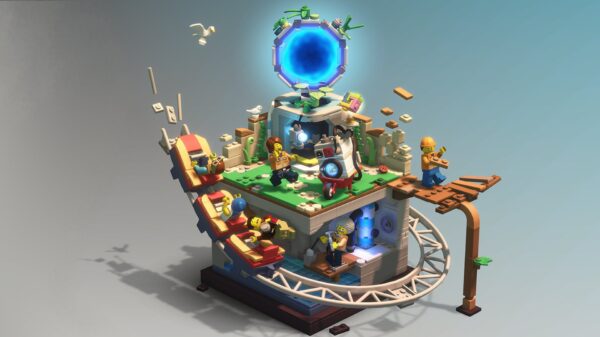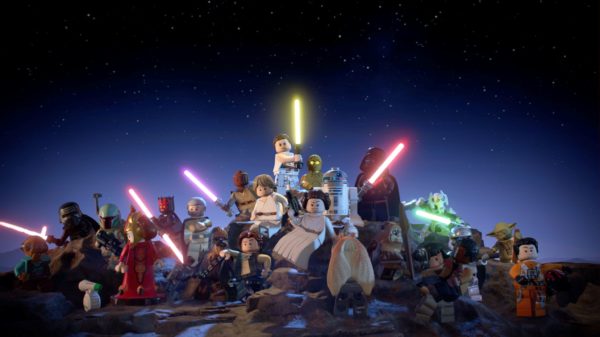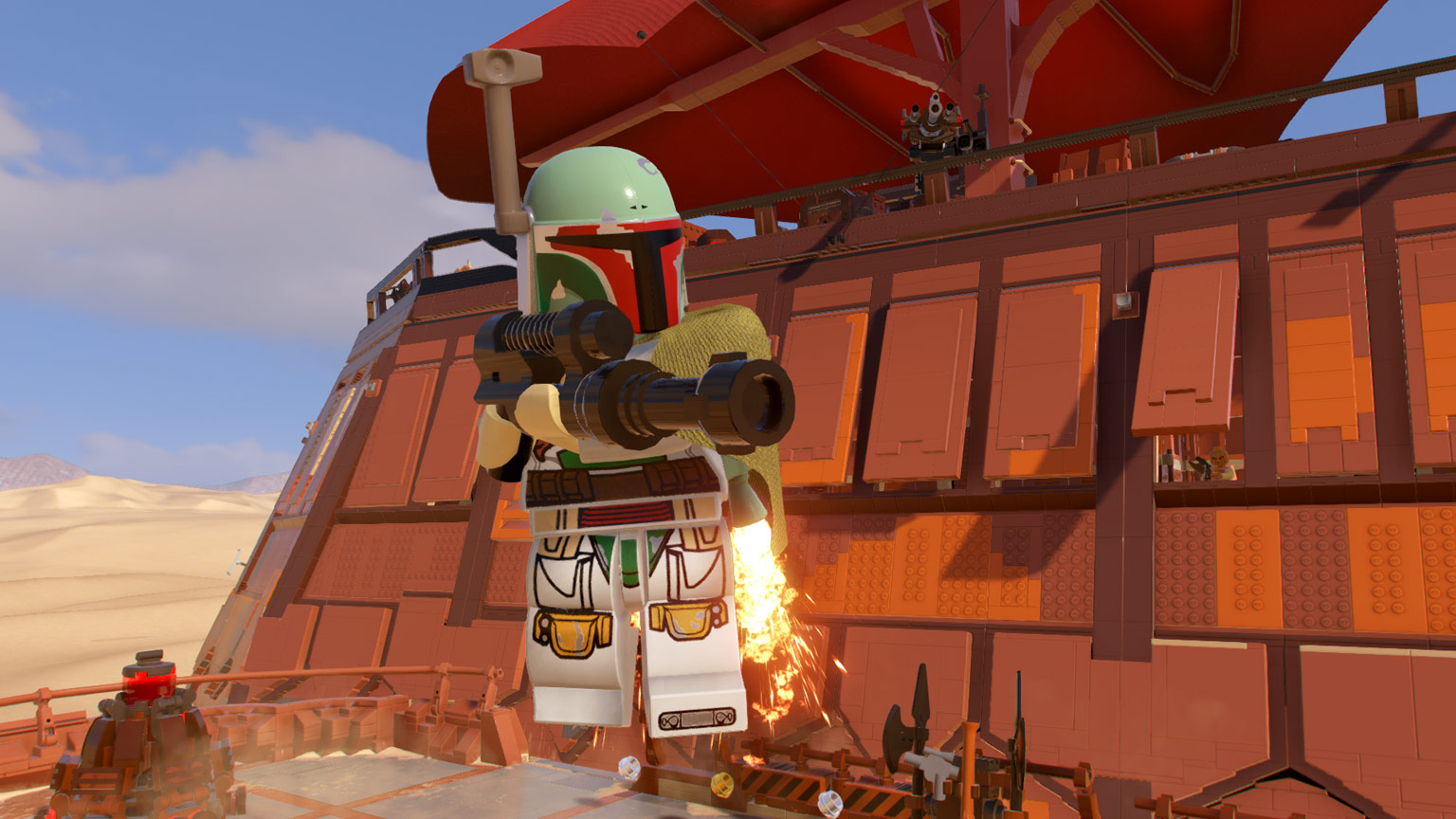The Lego Ninjago Movie Video Game tries some interesting new things for a Lego game, with varying success. The lack of character variation makes things feel a bit dull, but there’s an undeniable sense of relaxed fun to the game.
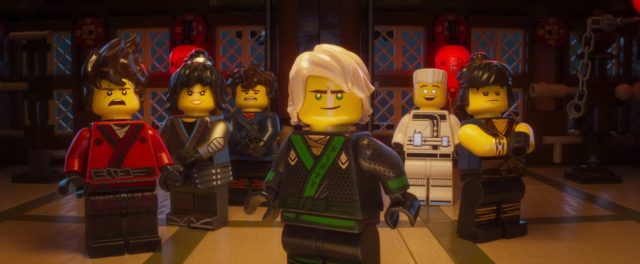
The Lego Ninjago Movie Video Game
Developer: TT Games
Price: $59.99
Platforms: PS4, Xbox One, Nintendo Switch, PC
MonsterVine was provided with a PS4 copy for review
I find Lego games to be a great way to relax after a long and tiring day. You typically don’t have to think much, there’s lots to do and collect, and pretty much every franchise has its own Lego game. Unlike most Lego games, Ninjago is based on an in-house property, which seems to afford TT a bit more freedom in experimenting with the core Lego game formula. Some of the new features in Ninjago are creative and will work well with future Lego games, while others are best left in the Dojo.
The story of Lego Ninjago understandably follows that of the movie. Some teens with attitude have the ability to transform into ninjas, each with special powers and a personalized mech. The Green Ninja’s father is an evil overlord who wants to destroy the city of Ninjago, so it’s up to the Ninjas to save the city while juggling their training and personal attachments. It’s essentially a Power Rangers story in Lego form, meaning it’s fun but nothing too amazing. There are scenes from the film dispersed throughout the game alongside the in-game cutscenes, which are a nice touch for an adaptation.
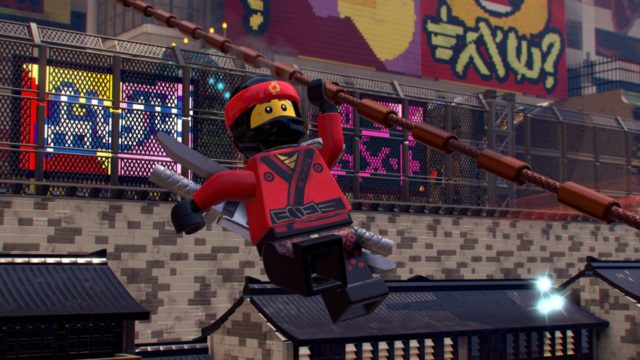
Lego Ninjago mixes up the Lego formula with refined combat, improvable stats, and acquired character skills. These features serve as additions to the standard Lego gameplay, based around collecting characters, studs, and levels through light platforming and beat-em-up combat. The new combat additions let you do flashy combos that can send an enemy flying into the air where you can rack up more than 100 hits. Lego combat is pretty basic by design, so small additions like this just add a bit more depth to the simplistic but sufficient system.
Acquiring new skills is a neat idea that doesn’t really work in Ninjago. Since all of the playable characters are missing half of their abilities throughout the first half of the game, they all play the same. Since the entire team is made up of ninjas, no one feels overly unique without their special abilities, even with their different weapons. The idea would work better if all of the characters were vastly different, like different Marvel or DC characters, rather than ninjas with close combat only. This makes the first half of the game feel far slower than it is, as the characters don’t feel diverse enough to keep you interested.
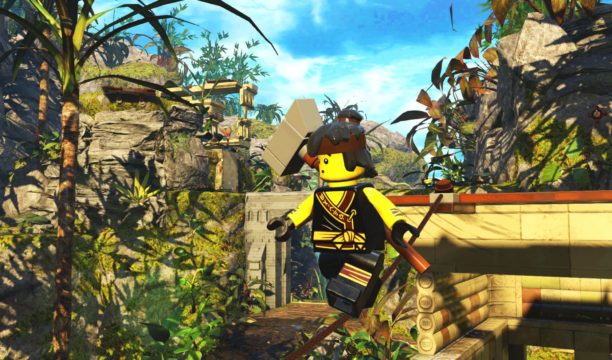
If the story isn’t your cup of tea there are plenty of side-missions to do throughout the many hubs in Ninjago. Some missions have you simply using studs to create new landmarks in each hub, while others, like the Dojo Challenges, are more combat-based. Fighting off waves of enemies and a boss is fun for a bit, but it can get old quickly, as can the races scattered across the map. It’s fun to do these missions periodically, even if some of them feel like extraneous filler.
There is definitely plenty to collect in Ninjago, from the usual Gold and Red bricks to a number of characters that, I assume, are from the show and actual Lego sets. There’s plenty to keep kids and adults alike playing for quite some time, especially with the number of missions and the different hubs to explore. This amount of content is evident partially because of the brutal load times in Ninjago. Most Lego games don’t seem to suffer from this, so the one minute and higher load times in Ninjago stand out as a real pain.
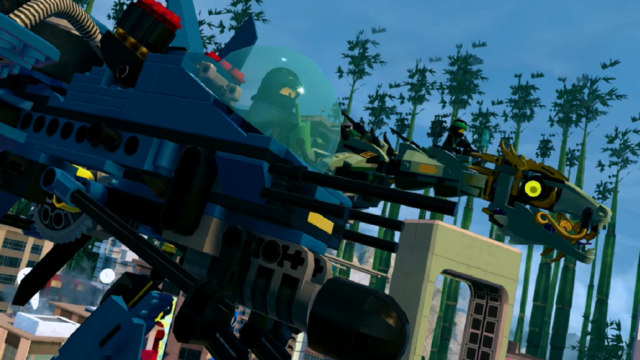
Visually, Lego Ninjago is perfectly decent. The characters and settings look like Lego, which is always charming to look at. The characters and world of Ninjago move the same way that they do in the movie. There’s a choppiness that brings stop-motion to mind, giving the world a more homemade feeling that works well with Lego.
On the audio front, Lego Ninjago is nothing spectacular. The music is largely forgettable, and the sound effects are the same ones you’d hear in any other Lego game (the sounds of building items out of Lego is still as satisfying as ever). The voice acting is alright, but it doesn’t really stand out in any sense.
 The Final Word
The Final Word
Lego Ninjago changes the Lego formula up with new features, both good and bad. While the visual style is charming and the flashier combat is a welcome addition, the withheld character abilities and load times keep Ninjago from being great. I’m happy that TT is willing to try new things for future Lego games; hopefully they learn what works and what doesn’t from Ninjago.
-MonsterVine Rating: 3 out of 5 – Average


